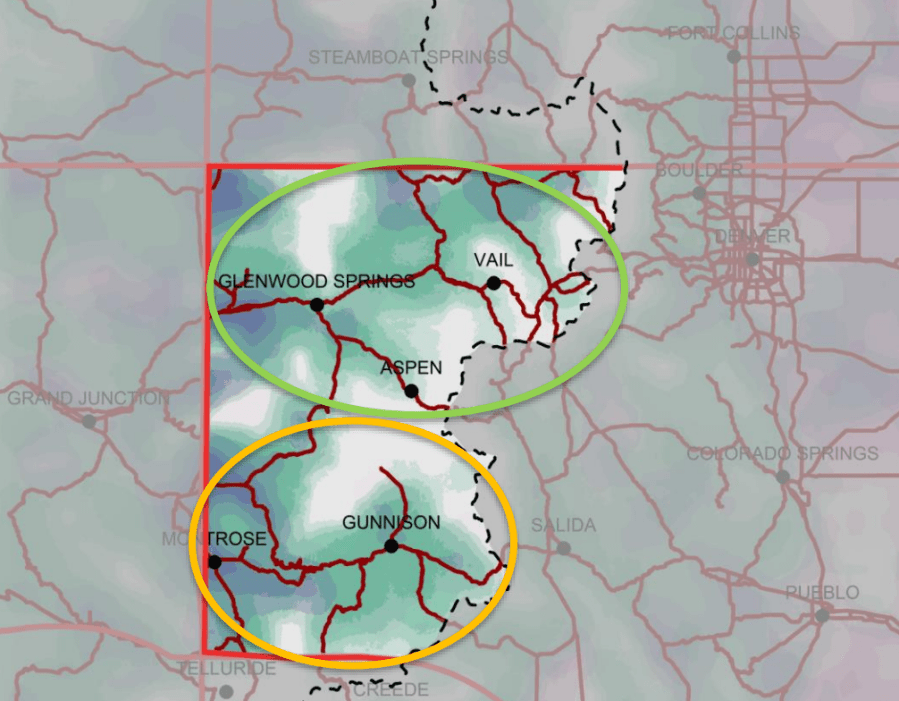DENVER (KDVR) — Colorado Parks and Wildlife has released its initial draft plan for wolf reintroduction in Colorado.
The 107-page plan details how many wolves will be reintroduced, how they’ll be released, and where.
Legally, the state must begin reintroducing wolves by the end of 2023.
How many wolves will be reintroduced?
According to the plan, 30 to 50 wolves will be reintroduced over a three to five-year time frame.
Those wolves would likely be captured from Idaho, Montana and Wyoming before being released in Colorado.
According to the plan, “CPW will aim to capture 10 to 15 wild wolves annually from several different packs over the course of three to five years by trapping, darting, or net gunning in the fall and winter.”
Where will they be released?
CPW has identified two preliminary release locations, and both are on the Western Slope.
The first release will happen in the northern circle on the map below. It is an area that sits along the Interstate 70 corridor between Glenwood Springs and Vail.
The second area is along the Highway 50 corridor between Monarch Pass and Montrose.

According to CPW, “subsequent release sites will be considered based on the efficacy of the initial release but will be located within or near the identified north and south areas. Releases will occur on state or private lands.”
Wolves will be released immediately upon arrival at their location and no food or care will be provided once the release happens.
Tracking collars
According to CPW, all of the wolves released in the initial release will be equipped with tracking collars, allowing the state to monitor their movement and herd health.
Long term, the goal is to have at least one collar on a wolf in each pack.
“Having those GPS collars will be important for us to gather data and make sure the wolves we do introduce are surviving in Colorado.” says CPW PIO Joey Livingston.
Payments to ranchers
According to the plan, CPW will issue “temporary conflict minimization materials” to livestock owners on the Western Slope, along with instructions for use and installation.
Ranchers will be paid “100% fair market value compensation,” up to a maximum of $8,000 per animal, for livestock killed or injured by wolves.
Ranchers will be responsible for proving the animal was killed or injured by a wolf.
“Unfortunately, the burden’s going to be on the rancher to produce this documentation, and then still it’s going to be scrutinized.” says Rancher Curt Werner. “That part, I do not like.”
